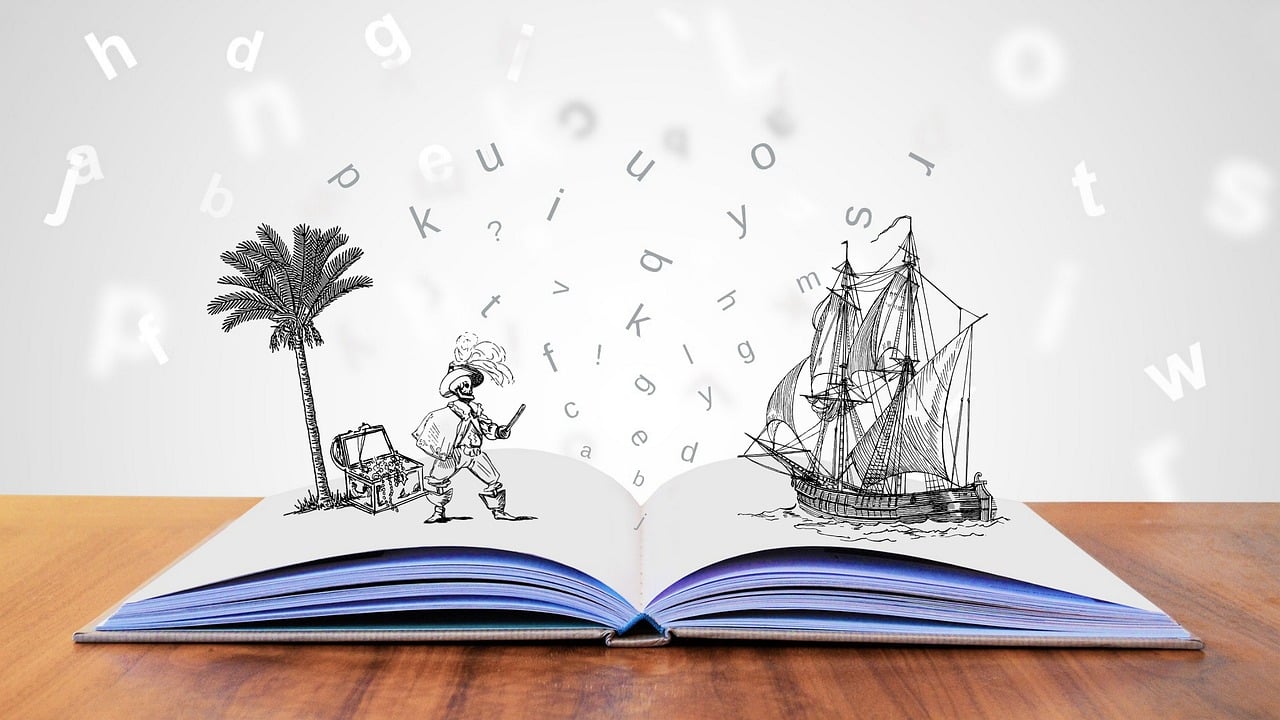By Tweety Yates, Ph.D.
In our November webinar, we talked about the importance of the connection between social-emotional and literacy development and what that means for us as early childhood professionals. We started with a few things that we know about this connection:
- How children feel is just as important as how they think, particularly regarding school readiness
- Social-emotional development and literacy development occur on a parallel path within the context of positive relationships
- Most children thrive naturally when adults read, talk, and play with them in safe and nurturing environments.
In recognizing how literacy and social-emotional skills are connected, we begin to see the importance of intentionally finding ways to embed strategies across the day that connect these areas. Below are a few ideas to increase opportunities to promote this connection.
Books and storytelling can be a great way to promote the connection between social-emotional and literacy development. Choosing books is an important part of engaging children in book readings as well as helping them to develop a love of reading.
Choose books:
- that represent the infants, toddlers, and preschoolers in your setting. This builds self-identity and encourages children to spend time looking at books. For children from military families, it is important to have books that address feelings around deployment, moving, and homecomings.
- with repeated words or phrases so children can be partners in read alouds and storytelling.
- that represent a wide range of emotion words.
- that expose children to a range of books (e.g., homemade classroom books, family books created for home visits, store-bought books, books without words, etc.).
- that encourage drawing and writing.
- with rhyming words/phrases. This is a great way to introduce children to the sounds of words in a fun way.
Building Vocabulary is another important connection between literacy and social-emotional development. Vocabulary is important to social-emotional development as a large and more complex feeling vocabulary allows children to make finer discriminations between feelings and better communicate with others about what they are feeling. But just hearing words is not enough! Children benefit from conversations, explanations, and demonstrations of words to build vocabulary. What can we do?
- When reading books like Head, Shoulders, Knees, and Toes to infants and toddlers, point to the parts on their bodies so they learn the vocabulary words!
- Use repeated readings of the same book. This helps children have many opportunities to learn the story, hear the sounds of the words in the story, learn the vocabulary words, and feel competent and confident as they retell the story.
- Plan ahead to determine how to define and demonstrate words to children in a meaningful way. For example, if you are reading a book in which things disappear, define disappear so children will understand the story. You can tell them that when something is there and then it’s gone – it disappears. You can use bubbles to demonstrate as you pop the bubbles and make them disappear. You then provide many opportunities across the day for children to practice and better understand what disappear means.

It’s really all about being intentional! Think about the things you are already doing with young children to connect social-emotional and literacy development and how you can build and expand on those ideas. Remember – the earlier we start connecting literacy and social-emotional development – the better it is for our infants, toddlers, and preschoolers!
If you were not able to join us for the live webinar, you can view the recording on the event page. Here you can also find links to the additional resources and other important handouts to help you implement the strategies discussed in the webinar.















